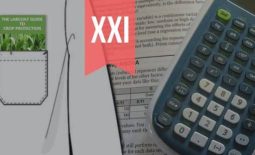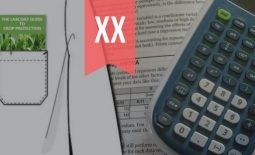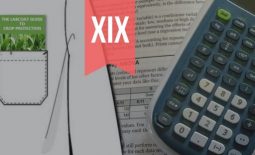Guide to Essential Biostatistics XIV: Inferential Statistics – Two Sample Means Comparison: the f-Test
In the previous articles in this series, we explored the Scientific Method, Proposing Hypotheses and Type-I and Type-II errors, Designing and implementing experiments (Significance, Power, Effect, Variance, Replication, Experimental Degrees of Freedom and Randomization), as well as Critically evaluating experimental data (Q-test; SD, SE, and 95%CI).
In the following articles, we will determine how to accept or reject the hypothesis (f- and t-tests, Chi-square, ANOVA and post-ANOVA testing).
Assumption of Equal variances (f-test)
The (unpaired) two-sample t-test assumes that the data is sampled from populations that have equal variances, even if their means are different.
As part of the (unpaired) two-sample t-test analysis, the f-test is used to test if two samples have equal variances. The f-test computes the ratio of the larger (greater) sample variance (square of the standard deviation, SD) relative to the smaller (lesser) variance.
This f-ratio can be compared to one-tail critical f-table values (α = 0.05) for n-1 degrees of freedom, df (Figure 1) to determine if the samples have the same values, i.e. the computed f-ratio is smaller than the critical f-value. As α = 0.05 corresponds to a 5% (or less) chance of discarding the null hypothesis (the samples have equal variances), if the computed value is less than the table value the null hypothesis may not be discarded i.e. the samples have equal variances. If this is the case, the two sample means may be compared using the two-sample t-test for equal variances; alternatively, the two-sample t-test for unequal variances should be chosen.
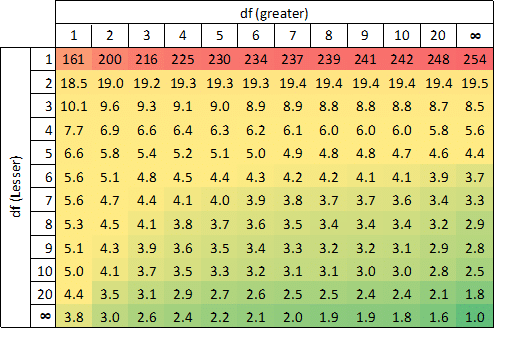
Figure 1: One-tailed f-table for α = 0.05.
Example: Comparing treated and untreated seedlings.
In the following example, the mean height of ten untreated seedlings is compared to the mean height of ten herbicidally treated seedlings. The means of the two sample data sets are respectively 62cm and 48cm (Figure 2), and we wish to determine if the two samples have the same mean (null hypothesis), or if there is a significant difference between the means.
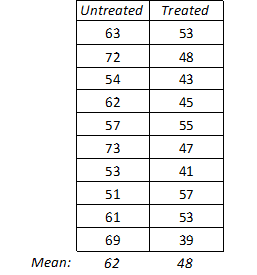
Figure 2: Experimental sample data; mean height of ten untreated and herbicide-treated seedlings.
As we have two samples which are unpaired, an (unpaired) two-sample t-test will allow us to compare the two sample means, to determine if they are significantly different. The next step is to use the f-test to determine whether the variances of the two samples are equal or not.
The ratio of the greater sample variance relative to the lesser variance (f-ratio) is 60.7/38.0 = 1.6, which is less than the table value of 3.2 for n-1 degrees of freedom i.e. 9df (Figure 3). As the f-ratio is lower than the critical f value, we may conclude that the variances of the two samples are equal.
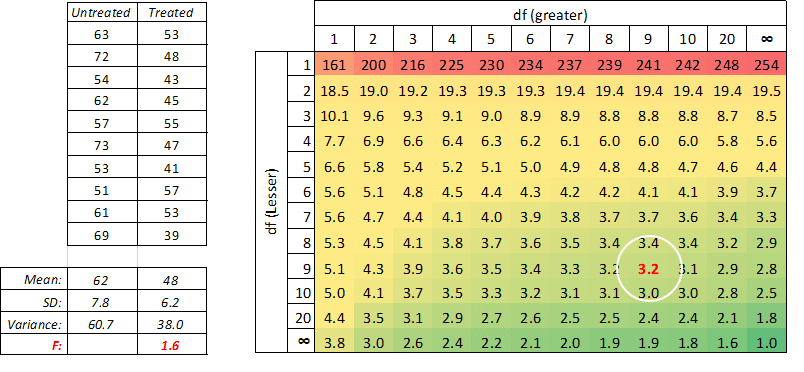
Figure 3: using the f-test to determine equivalence of variance for two experimental data samples.
Statistical software packages provide convenient f-test functions for determining equality of variance and provide a p-value (the chance that the variances of the two samples are equal). A small p-value (<0.05) indicates that the chance that the variances of the two samples are equal is small and that the variances are thus different.
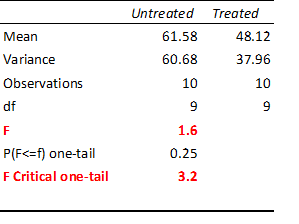
Figure 4: Result of f-test to determine equivalence of variance for two experimental data samples (calculated in Excel).
For our sample data, a p-value of 0.25 (>0.05) thus confirms our table-based finding that the variances of the two samples are equal, and we may proceed to compare the two means using the two-sample t-test for equal variances. Alternatively, we would choose a modification of this test – the two-sample t-test for unequal variances.
Implementation of the t-test to determine if two samples (or a sample and a theoretical mean) have the same mean, or if there is a significant difference between the means, will be discussed in the next article.
_________________________________
Thanks for reading – please feel free to read and share my other articles in this series!
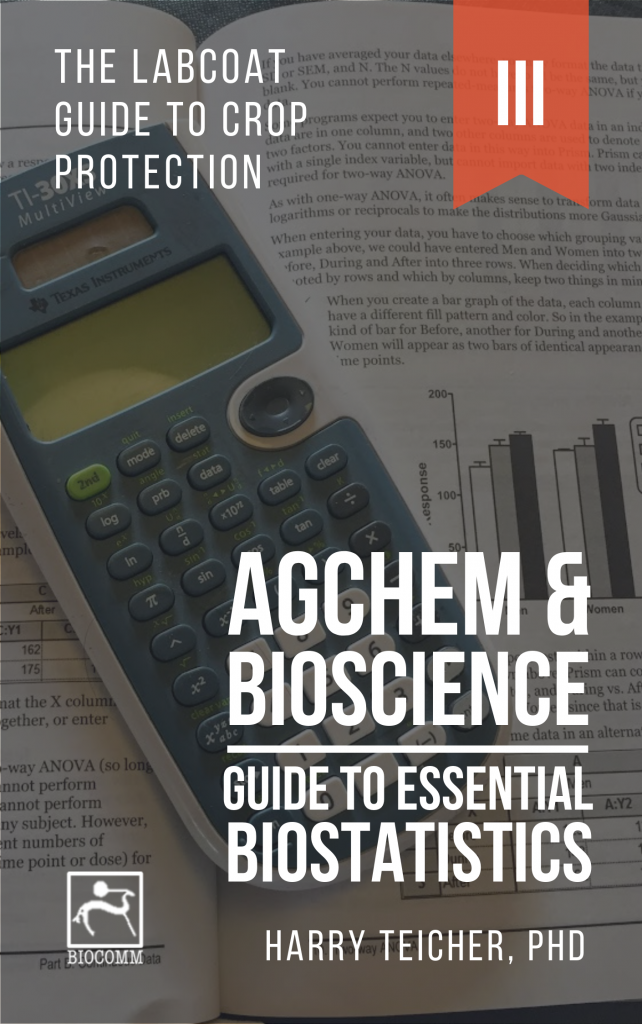
The first two books in the LABCOAT GUIDE TO CROP PROTECTION series are now published and available in eBook and Print formats!
Aimed at students, professionals, and others wishing to understand basic aspects of Pesticide and Biopesticide Mode Of Action & Formulation and Strategic R&D Management, this series is an easily accessible introduction to essential principles of Crop Protection Development and Research Management.
A little about myself
I am a Plant Scientist with a background in Molecular Plant Biology and Crop Protection.
20 years ago, I worked at Copenhagen University and the University of Adelaide on plant responses to biotic and abiotic stress in crops.
At that time, biology-based crop protection strategies had not taken off commercially, so I transitioned to conventional (chemical) crop protection R&D at Cheminova, later FMC.
During this period, public opinion, as well as increasing regulatory requirements, gradually closed the door of opportunity for conventional crop protection strategies, while the biological crop protection technology I had contributed to earlier began to reach commercial viability.

